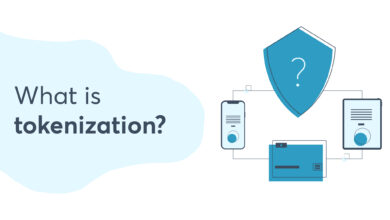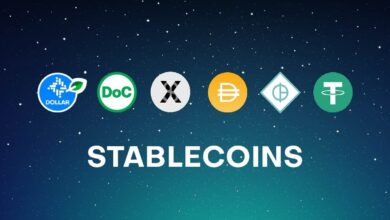What is SegWit?

SegWit’s main objective is to increase transaction throughput on a blockchain network. It’s crucial to remember that the SegWit layer was first implemented in Litecoin, not Bitcoin, as a cryptocurrency.
In essence, SegWit reduces the weight of transactions in a block on the blockchain while increasing the number of transactions that may be included in a block of the same size by splitting a transaction into two halves.
The first component of a transaction contains the wallet addresses of the sender and receiver, and the second section contains the transaction’s “witness data,” which includes transaction signatures.
By removing the “witness data” from the main block, SegWit drastically reduces transaction size. As a result, the transactions use less space, permitting more transactions per block and significantly increasing the capacity of the Bitcoin network.
SegWit also offered a fix for a flaw in the Bitcoin protocol that let users to change transaction hashes. A digital signature can provide an entirely different transaction hash with just one character change. The signature has been relocated from the transaction data and into the independent witness data, making it impossible to amend the transaction ID. SegWit therefore offers a solution to transaction malleability.
What are the advantages of SegWit?
SegWit, a part of the Bitcoin protocol, is now supported by the majority of Bitcoin-based services. By quickly searching Google, users of Bitcoin and cryptocurrency exchanges can easily determine whether the exchange they are using supports SegWit transactions.
However, SegWit’s benefits for Bitcoin go beyond just accelerating the network and making blocks smaller. As was discussed in lesson 15 on scaling, SegWit is the first step towards scaling for Bitcoin and a number of other key cryptocurrency networks. For the Bitcoin network to function, quick and efficient blockchain networks are required, and SegWit opened the way for scaling blockchain networks for widespread use, both directly and indirectly.
What are the downsides of SegWit?
It is likely that Bitcoin network changes will take much longer to implement than those in altcoin networks because there is simply too much at stake, despite the fact that the adoption of SegWit transactions in the Bitcoin network is rising and reached a record high of more than 65% at the beginning of 2020. Additionally, not everybody currently supports SegWit transactions.
A number of hard forks off the Bitcoin network have occurred over the past few years, with the ongoing scaling dispute most likely being the main driver. The most well-known of these forks was the hard fork that created Bitcoin Cash, which took place on August 1, 2017. The second fork of Bitcoin Cash took place on November 15, 2018, boosting the network’s block size limit from 1MB to 8MB. It will be interesting to see whether the scaling approach ends up being the cryptocurrency that is embraced the most widely in the future.





